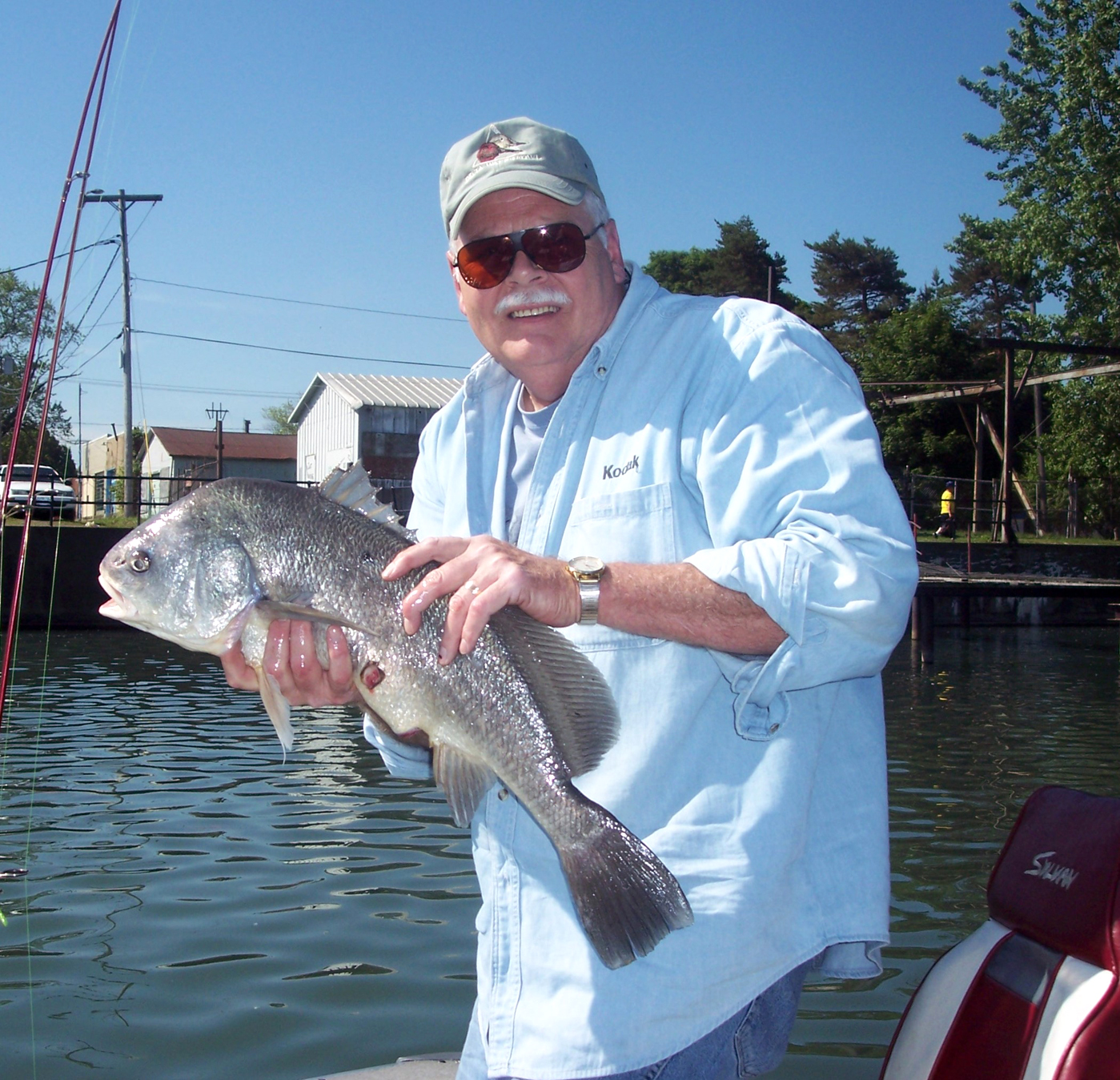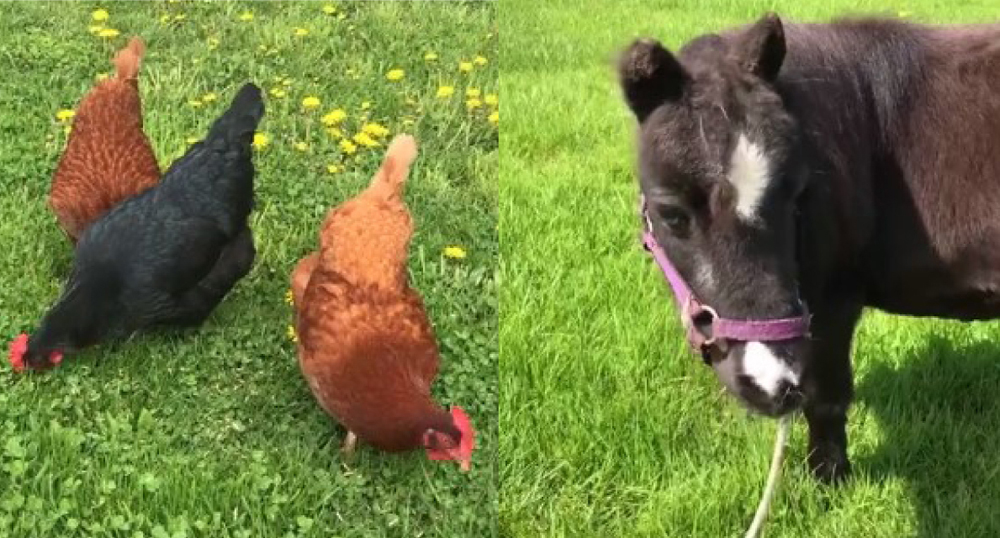Oneida Lake has it all

Oneida Lake is yet another example of why anglers here in Western New York should wake up whistling The Star-Spangled Banner that we live in the best section of the Empire State.
Oneida Lake is full of fish. It is primarily known as a walleye lake but it has plenty of bass, both smallmouth and largemouth, to go along with great perch fishing and plenty of pan fish, pickerel and pike. Bearing testimony to its great bass fishing is the fact that the Bassmaster Elite schedules a tournament there every few years. This is the highest level of bass tournament in the country, able to choose any lake in the U.S. to hold their tournaments.
One of the main reasons Oneida is a great bass lake is that the locals don’t fish for them; the walleye is king as far as the locals are concerned. Many walleye purists consider catching bass a nuisance when they are targeting marble eyes.
Drive east down the Thruway, then north towards Watertown on Route 81, and in a few miles you are at Oneida Lake. You can be launched and fishing in less than two hours from Rochester. The lake is only 22 miles long, 6 miles wide, and most of that water is shallow with an average depth of 22 feet and only 55 feet at its deepest.
The Oneida Lake Association supplies an online list of boat launches that surround the lake (oneidalakeassociation.org). The closest launch coming from Rochester is a beautiful four lane launch at Oneida Shores County Park located in the southeast corner of the lake, though they will whack you ten clams to put in there.
As far as where to fish on Oneida, the DEC has a weekly fishing report (dec.ny.gov/outdoor/9218.html) to go by. When possible, I prefer to get my info from people that spend a lot of time on the water, so I contacted veteran Oneida Lake fisherman Tom Hickey for the latest scoop on the thumb of the Finger Lakes.
Tom has fished Oneida for sixty years and knows every shoal that a walleye, perch or bass can hang out on. My first question for Tom was a deep one, “Hick … how they biting?” Obviously stunned by such an intellectual query, he paused for a minute then proceeded to explain, “The recent fishing has been spotty, I was catching good numbers of eyes two weeks ago but it has slowed. Many of the old timers that troll with wire line are catching fish, but it’s a grind. I personally would rather catch one fish jigging than ten trolling. Walleye can be decent fighting fish on a light spinning tackle but trolling they come in like a wad of weeds.” Hick says blade baits like sonars and silver buddies are working well when the bite is on.
Also, bucktail jigs tipped with nightcrawler or drifting with worm harnesses can be effective, but the round gobies that have infested the lake are driving the worm fishermen crazy as those bottom-dwellers will nibble off your worm in a matter of seconds if you have it on the bottom.
Hick slipped up and mentioned that he’d discovered a new lure this year that he has caught more walleyes on than all of the other baits combined. I pressed him for the name, but he refused to divulge his secret. As a last resort, I threatened to use a picture of him with a sheepshead rather than with a nice walleye for this column unless he gave up the lure. He reluctantly gave in as long as I promised not to tell anyone … so I won’t … verbally.
Tom has been pounding the eyes this year with a lure called a Moonshine Shiver Minnow (moonshinelures.com). These lures are similar in style to an ice fishing lure called the Jigging Rap, but are made to jig open water. His favorite color is “bloody nose” in one-half ounce sizes. What he likes about the Shiver Minnow is that it can be fished in water thirty to forty feet where most of the walleye are hanging out at this time of year.
His technique is to cast the lure down wind of his drifting boat, let it hit bottom, and then jig it back in short three-foot hops, keeping the lure just off the bottom. He explains that it is important to use braided line because it doesn’t stretch or float like monofilament line. Braid allows better sensitivity and an instant hook set in deep water. Tom adds a four-foot leader of fluorocarbon line if the fish are spooky.
The walleyes on the Oneida are not the size of Lake Erie or eastern Lake Ontario, but you will usually catch more numbers. Most average in the 1.5 to 2-pound category. To protect this stocked walleye population, Oneida has a strict walleye limit of three fish no smaller than 15 inches.
When I asked Tom about smallmouth fishing, he recommended dragging a goby-colored tube jig on the bottom off any shoal in the lake, you will catch smallies.
If you don’t have a boat or just want to learn the lake before you fish there, Hick suggests contacting Captain Tony Buffa at www.captaintonybuffafishingcharters.com/. Tony splits his time between Lake Ontario for trout and salmon and Oneida Lake, but has been chartering on Oneida for thirty years.
Add Oneida to the long list of great fishing lakes within a couple hours’ drive of home. Just don’t tell anybody about the Shiver Minnow. Sorry about the picture, Hick.




